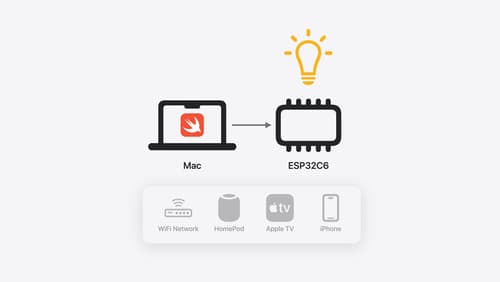What can we do with embedded swift
Asked on 2024-08-13
1 search
Embedded Swift is a new compilation mode introduced by Apple, specifically designed for programming constrained embedded devices. It allows developers to use Swift, a language known for its ergonomics and safety features, in environments traditionally dominated by C and C++. Embedded Swift is a subset of Swift, covering most of the language features such as value and reference types, closures, optionals, error handling, and generics. However, it excludes certain features like runtime reflection to meet the constraints of embedded environments, which often require small and simple binaries due to limited memory and CPU performance.
Embedded Swift is currently an experimental feature and is best used with preview toolchains from swift.org. It supports ARM and RISC V chips and is not hardware-specific, making it adaptable to new instruction sets. Developers can use it to build various electronics projects, including smart home devices like a HomeKit color LED light, as demonstrated in the session. Additionally, Swift's interoperability with C allows developers to access APIs in vendor SDKs, enabling them to control hardware components like LEDs.
For more information, you can refer to the session Go small with Embedded Swift (00:46) which provides an introduction and demonstration of Embedded Swift.

Go small with Embedded Swift
Embedded Swift brings the safety and expressivity of Swift to constrained environments. Explore how Embedded Swift runs on a variety of microcontrollers through a demonstration using an off-the-shelf Matter device. Learn how the Embedded Swift subset packs the benefits of Swift into a tiny footprint with no runtime, and discover plenty of resources to start your own Embedded Swift adventure.

What’s new in Swift
Join us for an update on Swift. We’ll briefly go through a history of Swift over the past decade, and show you how the community has grown through workgroups, expanded the package ecosystem, and increased platform support. We’ll introduce you to a new language mode that achieves data-race safety by default, and a language subset that lets you run Swift on highly constrained systems. We’ll also explore some language updates including noncopyable types, typed throws, and improved C++ interoperability.
